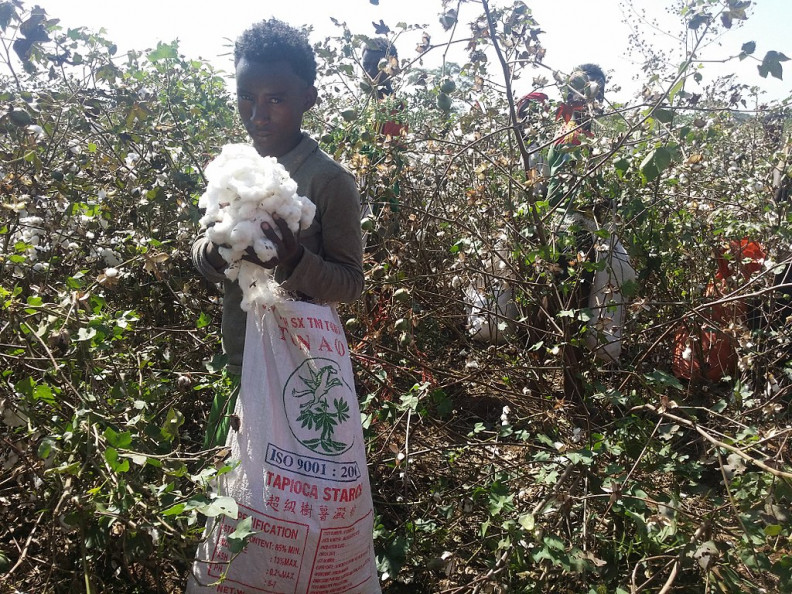Ethiopia’s decision to start production of high-yielding genetically-modified (GM) cotton has thrown a challenge to rivals such as Kenya and Madagascar that are banking on textile manufacturing to drive economic transformation, say analysts. The country in June this year approved cultivation of two hybrid types of Bt cotton, JKCH 1050 and JKCH 1047.
Ethiopian Government officials hope the step will achieve higher yields than conventional varieties and save the country huge import bills of raw material and attract more investment in its textile sector.
The country’s garment sector is currently in a renaissance phase, attracting global fashion brands hit by rising cost of labour, raw material and tax in China, according to a report in a top African daily.
While a projected 2.6 million hectares (ha) of land in Ethiopia is suitable for cotton cultivation, only 130,000 ha is under the crop.
Kenya has more than 400,000 hectares of land suitable for cotton growing, less than 35,000 hectares is presently under cotton. Kenyan textile firms have been making bulk fabric purchases from India, Hong Kong, China, Bangladesh, Pakistan or Taiwan.
Although the imported fabric is preferred for its good quality, the arrangement results in long order-to-delivery period that restrict apparel firms from competing in the higher margin, fast-fashion segment of the market.
Despite all this, the adaption of Bt cotton in Kenya is not certain. (DS)
Πηγή: fibre2fashion

